
Combining daratumumab with other agents is one strategy that investigators are exploring in the smoldering multiple myeloma field.

Your AI-Trained Oncology Knowledge Connection!


Combining daratumumab with other agents is one strategy that investigators are exploring in the smoldering multiple myeloma field.

A substantial portion of patients who received daratumumab in the AQUILA study were able to delay disease progression to active multiple myeloma.

The approval of daratumumab validates the notion of using limited therapy to help delay progression from smoldering disease to multiple myeloma.
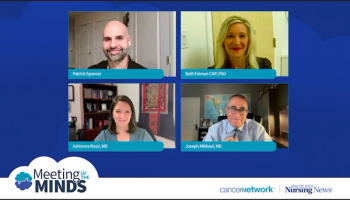
This segment examines Dr. Mikhael's approach to comparing ide-cel and cilta-cel for patient selection, emphasizing how patient traits, efficacy, and safety profiles influence treatment decisions across different groups.

This segment explores Dr. Rossi's clinical experience with cilta-cel as a second-line therapy, focusing on its efficacy and quality-of-life benefits across diverse patient populations.

This segment examines the evidence supporting cilta-cel in second-line therapy, highlighting key outcomes from the CARTITUDE trials and comparing them to other available second-line treatment options for multiple myeloma.

This segment highlights the treatment journey of a 68-year-old IT professional with high-risk multiple myeloma, detailing progression after initial D-RVd therapy, refusal of ASCT, and successful transition to cilta-cel CAR-T therapy with manageable adverse events.

This segment discusses the process and critical importance of bridging strategies for patients awaiting CAR T-cell therapy.

This segment examines the decision-making process between CAR-T therapy and other innovative treatments, exploring scenarios where alternative therapies may be more appropriate.

This segment highlights clinical experiences with ide-cel in the second-line setting, focusing on observed improvements in efficacy and quality of life, as well as challenges in administration

This segment explores factors influencing patient candidacy for CAR-T therapy, including age, fitness, and relapse specifics, and evaluates key findings from the KarMMa trials to compare ide-cel with other second-line treatment options for multiple myeloma.
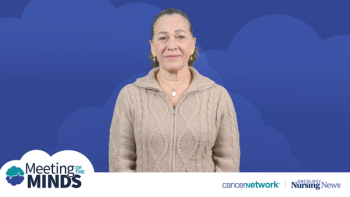
This segment explores the treatment journey of a 55-year-old mother and high school teacher with ALK-positive NSCLC and brain metastases, focusing on her experience with lorlatinib therapy.

Panelist discusses the current acceleration of new therapies for multiple myeloma. In the future, oncologists will be able to use CAR T and bispecific therapies more efficiently, and they will also have new tools including new CAR T therapies and bispecifics that will require less manufacturing time, have fewer AEs, and be more effective regarding the targeted disease.

Panelist discusses how every drug oncologists use comes with adverse events (AEs), and with bispecifics they are seeing a similar AE profile to that seen in CAR T-cell therapy. There are 3 major AEs: cytokine release syndrome, neurological toxicity, and infections. To manage AEs, oncologists are now monitoring patients more intensely as well as engaging with the patient’s family to provide updates on the status of the patient.

Panelist discusses how bispecifics have had a major impact in relapsed/refractory multiple myeloma (R/R MM) because they provide a different way of attacking myeloma, allow oncologists an opportunity to care for patients who cannot have CAR T therapy, and allow oncologist to treat patients who have had an aggressive relapse. The panelist further discusses the importance of bispecifics dosing specifically to maintain a response with the drug but also to prevent the risk of patient infection.

The panel closes their discussion by highlighting crucial takeaways about the use of bispecific antibodies in the treatment of multiple myeloma.

Doctors discuss the potential of bispecific therapies being used in earlier lines of treatment for multiple myeloma, and the need for understanding and reducing toxicities as much as possible.

Experts explain the strategies for optimal selection between different BCMA-targeting and non-BCMA-targeting bispecifics for the treatment of relapsed/refractory multiple myeloma.

Cindy Varga, MD, details her experience with sequencing BCMA-targeting agents for patients with relapsed/refractory multiple myeloma.

Jeremy Larsen, MD, discusses the management of infections, neurotoxicity, and other side effects associated with bispecifics in patients with R/R MM, including the need for prophylactic antimicrobials and monitoring of immunoglobulin levels.

Expert panelists in multiple myeloma share their experiences with implementing bispecifics and transition of care in the community setting for patients with R/R MM.

The panel discusses the approach to step-up and treatment dosing for bispecifics in their respective health care systems.

Expert hematologist-oncologists discuss how they incorporate teclistamab in their clinical practice as well as variations in access to bispecifics and CAR T-cell therapy.

Jeremy Larsen, MD, discusses data from a phase 1/2 study of cevostamab and other emerging bispecifics being evaluated in patients with relapsed/refractory multiple myeloma.

Dr Jeremy Larsen reviews data from the MonumenTAL-1 study investigating the CD3- and GPRC5D-targeting bispecific antibody talquetamab in relapsed/refractory multiple myeloma.

Dr Cindy Varga discusses recent data on the FDA-approved agent teclistamab, a bispecific antibody for patients with relapsed/refractory multiple myeloma.

Binod Dhakal, MD, MS, discusses the management of relapsed multiple myeloma and the various treatment options available.
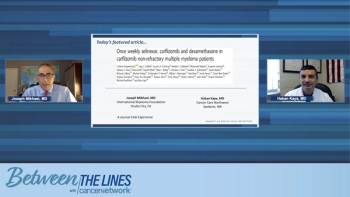
Dr Joseph Mikhael and Dr Hakan Kaya provide advice for community oncologists who use selinexor and discuss the future of selinexor in patients with R/R MM.
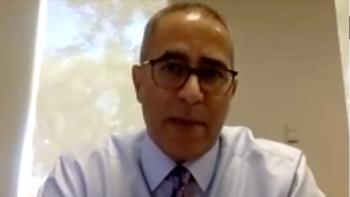
Teclistimab and similar bispecifics can have a prolific impact on patients with heavily relapsed multiple myeloma in the short term and possibly in earlier relapses in the long term, according to Joseph Mikhael, MD.
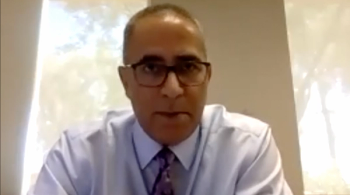
Joseph Mikhael, MD, discussed the need for increased diversity in clinical trials, specifically in the hematology space.
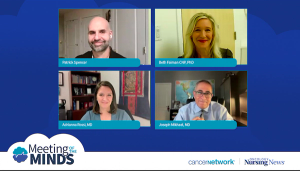
Published: February 7th 2025 | Updated: January 31st 2025

Published: February 7th 2025 | Updated: January 31st 2025
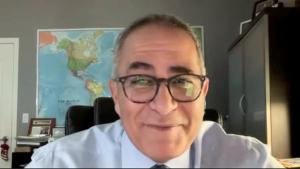
Published: November 10th 2025 | Updated:
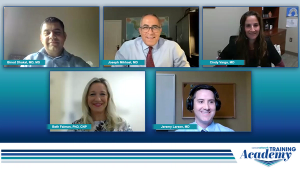
Published: June 14th 2023 | Updated:

Published: February 21st 2025 | Updated: January 31st 2025

Published: November 6th 2025 | Updated: